Advanced technology like artificial intelligence (AI) and facial recognition are becoming more commonplace in our everyday lives, and yet many of us have never taken a moment to consider what lies behind these technologies. How are we being monitored? Who is using the data? What is being done with information once it’s collected? For the artist Trevor Paglen, questions like these build the foundation of his practice.
Focused on areas like the politics of images, surveillance, and alternative futures, Paglen uses art to explore the tools and systems around which our society has been built. In his latest exhibition “Bloom,” on view in Pace’s London gallery, the artist employs a range of technology and media to highlight the whole spectrum—the flaws instilled in AI programming, the amazing tasks that can be accomplished by computer systems, and everything in between.
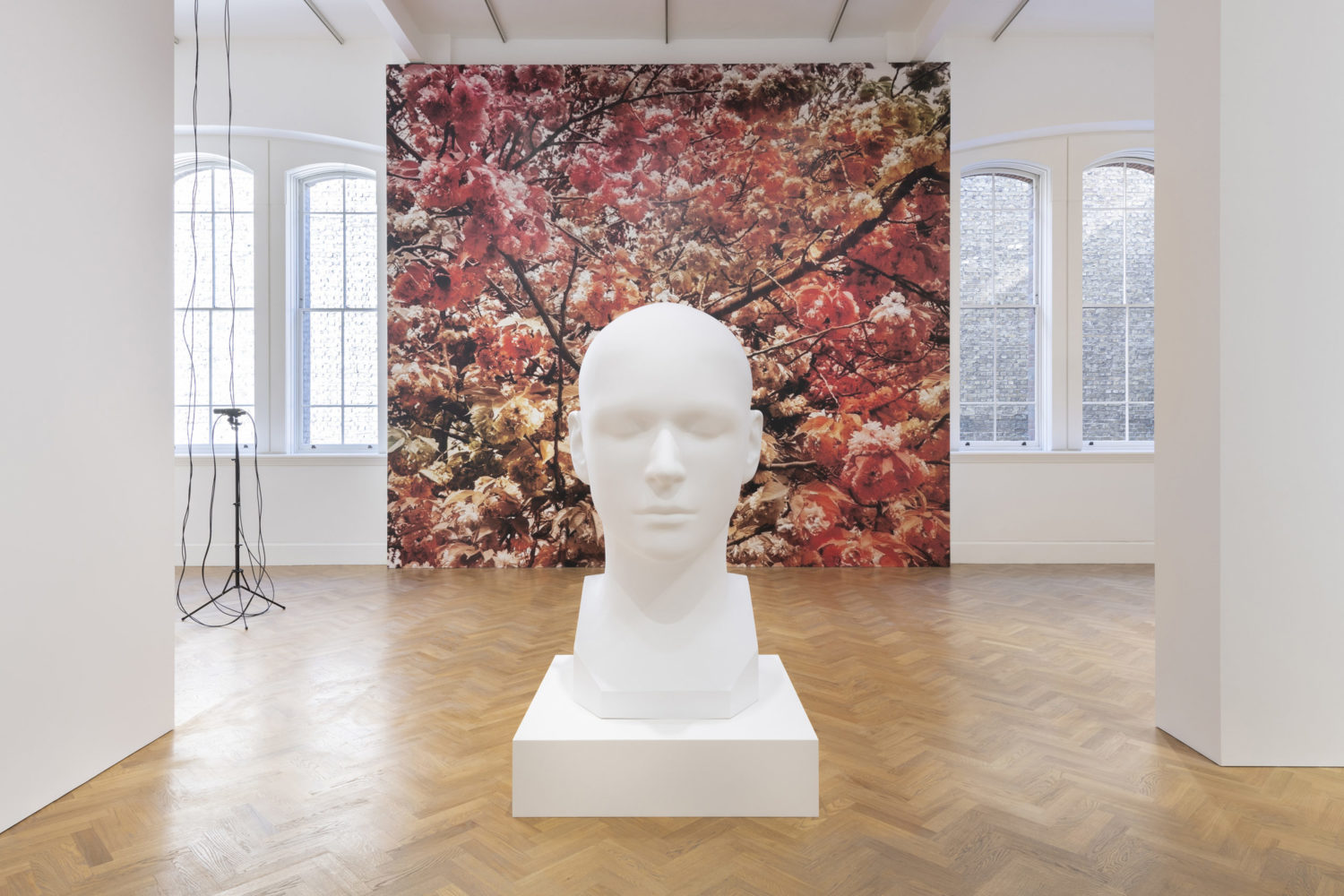
Installation view of “Trevor Paglen: Bloom” at Pace Gallery, © Trevor Paglen, photo by Damian Griffiths, courtesy of the artist and Pace Gallery.
Open through November 10 both in-person and online, “Bloom” features pieces The Standard Head, which reconstructs CIA agent Woody Bledsoe’s 1960s equation for the typical human head. In ImageNet Roulette, Paglen explores a facial recognition system called ImageNet, which has been found to classify imagery through a lens of racist, misogynistic, and controversial profiling. Octopus is an interactive live-stream invoking dialogue on the digital world in relation to the current global pandemic. And “Bloom” is a series of large-scale photographs of flower formations, made entirely by computer algorithms that have analyzed real-life photographs.
To learn more about the show and the work behind his practice, Whitewall spoke to Paglen.
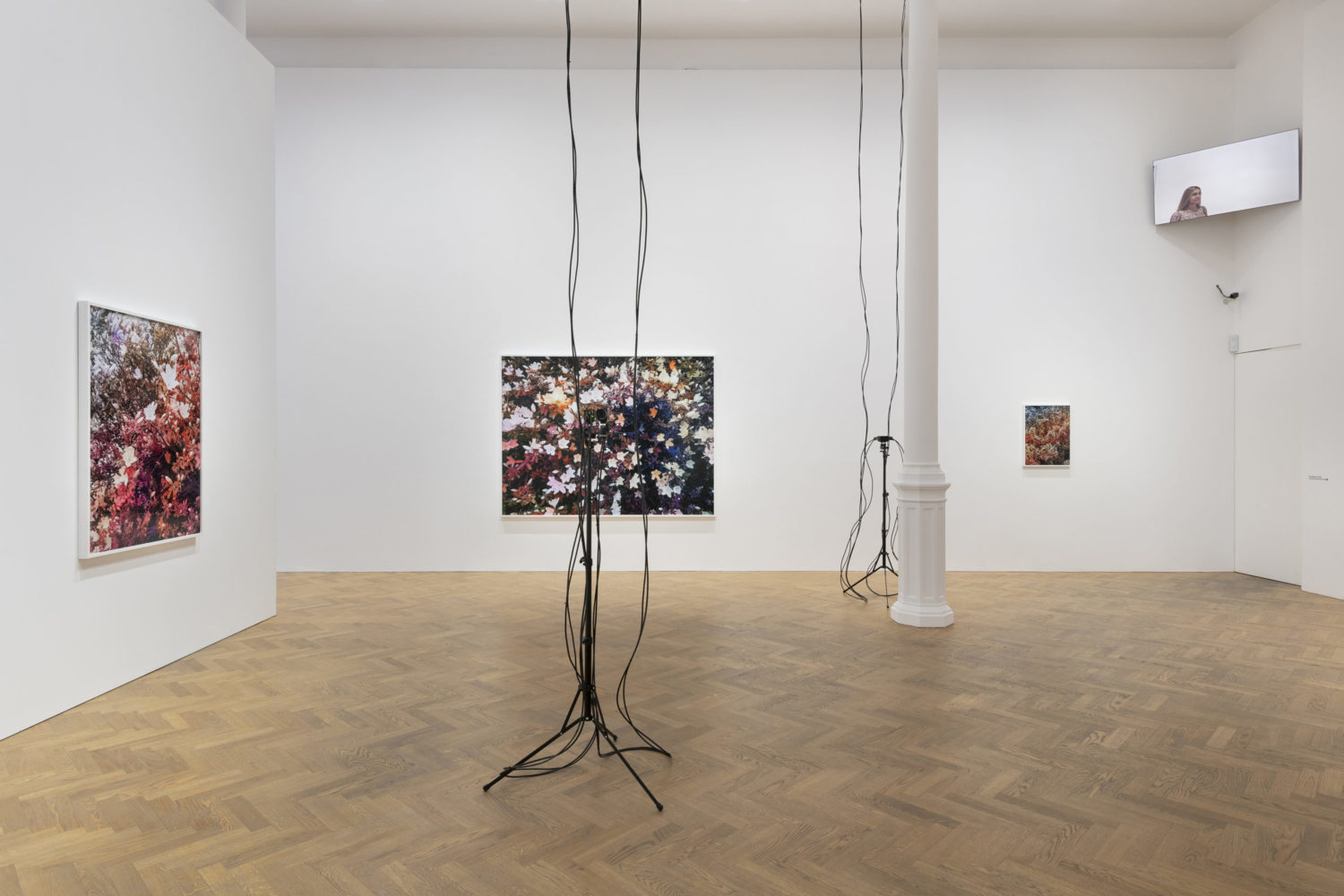
Installation view of “Trevor Paglen: Bloom” at Pace Gallery, © Trevor Paglen, photo by Damian Griffiths, courtesy of the artist and Pace Gallery.
WHITEWALL: “Bloom” continues themes you’ve been exploring in your work for some time now, like artificial intelligence and data tracking. Can you tell us what the starting point was for this exhibition?
TREVOR PAGLEN: The starting point for this exhibition was actually the sense of fragility and vulnerability that the COVID-19 crises put into such intense focus. In New York City, where I was locked down, this sense of tragedy was overwhelming. The physical environment was totally transformed, and forms of sociability became completely dependent on online platforms that are also intensely predatory. The place I turned to was Baroque allegory.
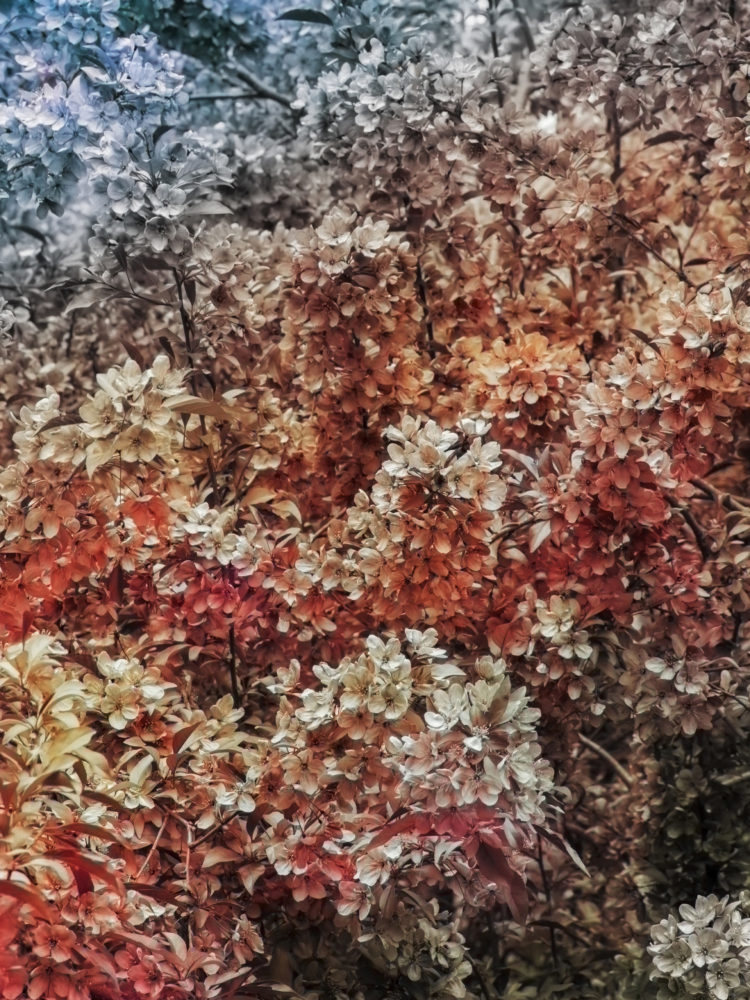
Trevor Paglen, “Bloom (#7b5e54),” 2020, dye sublimation print, 26 × 19-1/2 inches; © Trevor Paglen, courtesy of the artist and Pace Gallery.
WW: The show is fascinating, but also a little eerie to see just how much our movements can be tracked by modern technology—whether used for advertising research, criminal profiling, or other purposes.
TP: For me, technologies like AI and computer vision are contemporary forms of visual culture—they’re means of autonomously interpreting images and photographs. We know that political, cultural, and economic interests always inform the ways we see images. The same is true for AI and computer vision. So, my question has to do with what sorts of “uses” are built into the forms of vision that characterize these relatively new forms of automated “seeing.”
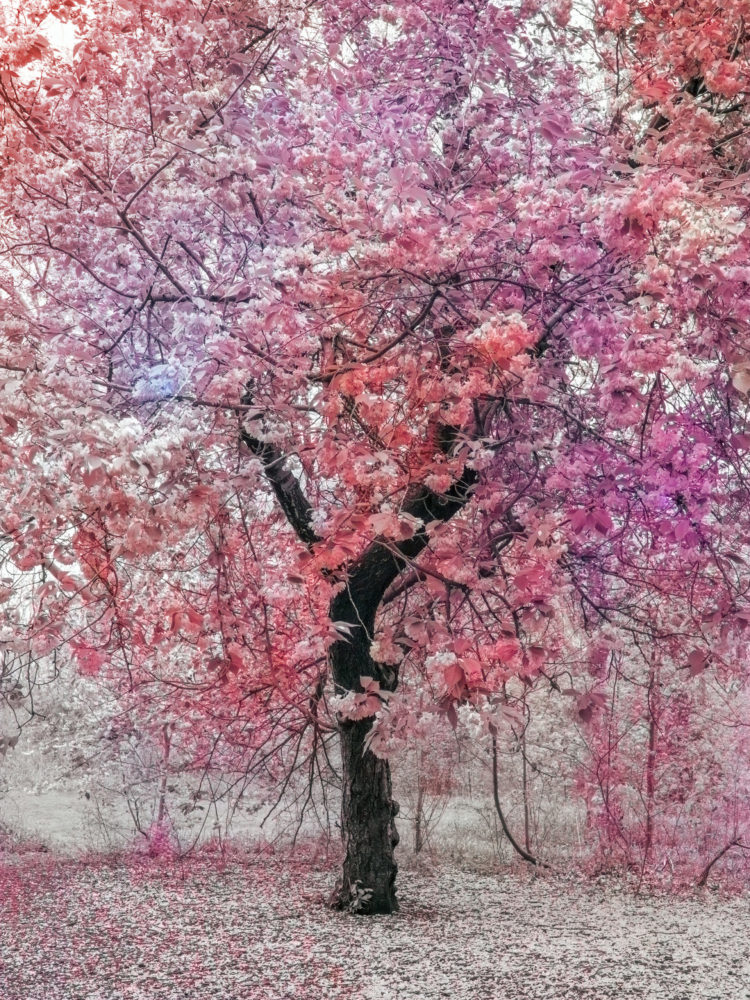
Trevor Paglen, “Bloom (#a5808a),” 2020, dye sublimation print, 54 × 40-1/2 inches; © Trevor Paglen, courtesy of the artist and Pace Gallery.
WW: While technologies like ImageNet were originally intended for useful tasks and data collection, instead they’re often involved in unjust profiling. Is there an outcome or impact you’re hoping for in highlighting these faults?
TP: I’m making visual art, not arguments advocating for different forms of regulation. My project is to show some of the deeply problematic assumptions built into technical systems and how they’re anything but neutral or objective.
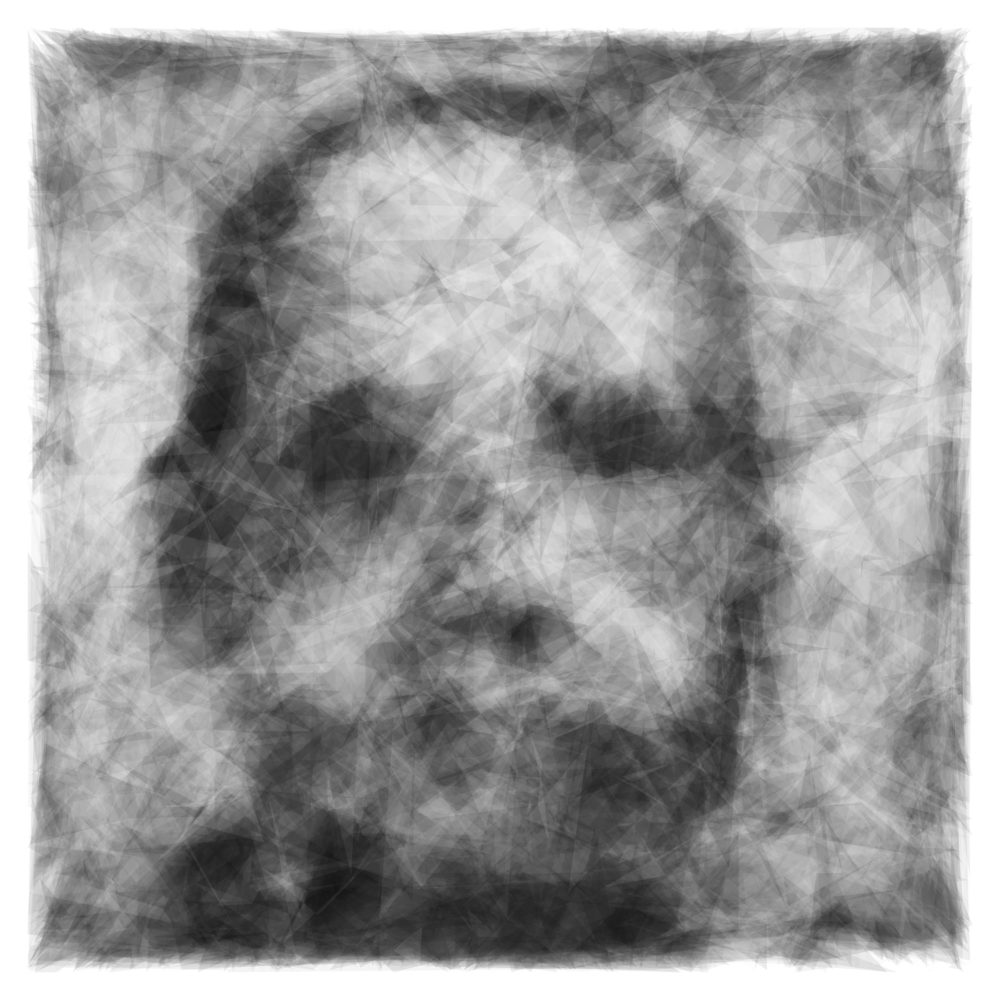
Trevor Paglen, “AC,” 2020, pigment on textile, 18 × 18 inches; © Trevor Paglen, courtesy of the artist and Pace Gallery.
WW: What is the creative process like when making works that use technology as your medium?
TP: There’s a huge amount of research and experimentation that goes into making these artworks. Working with technology is like working with any other media you’re using to make art —it’s a very intricate and sophisticated dance between what the medium “wants” to do and how you as an artist want to guide the medium.
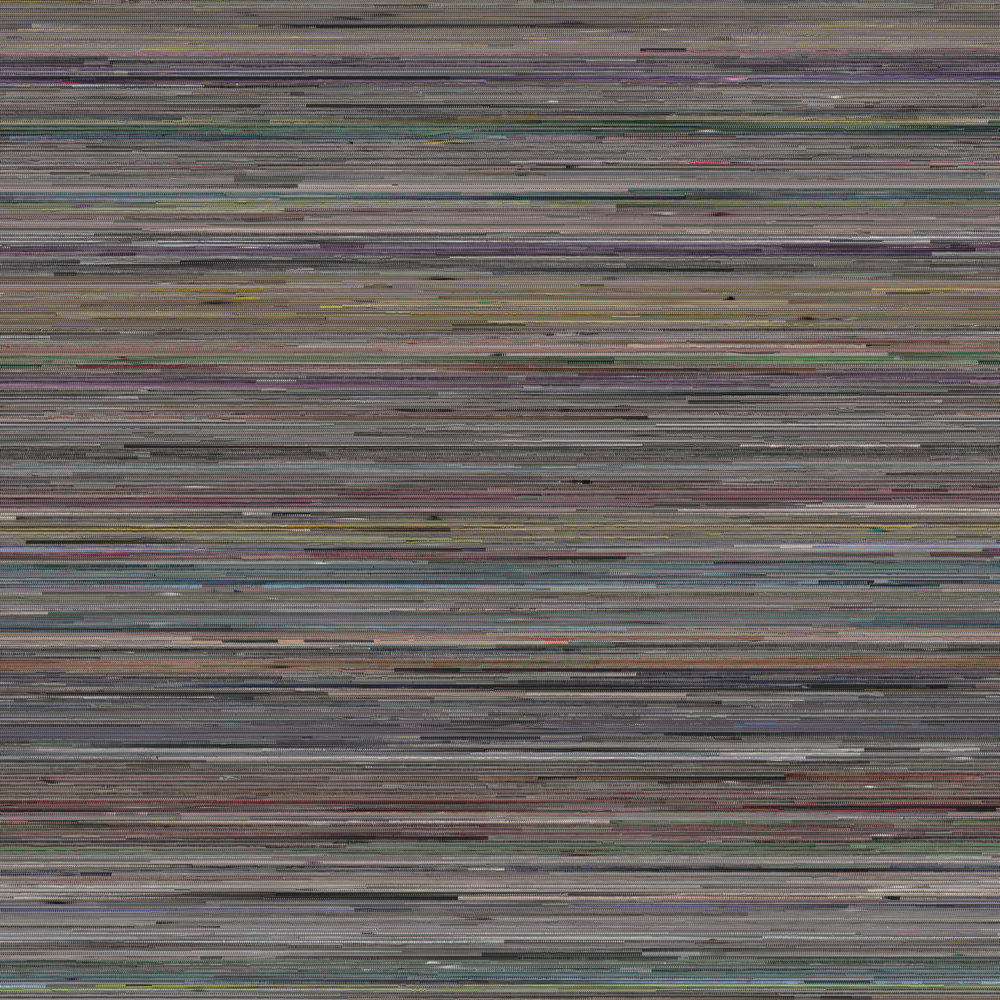
Trevor Paglen, “Classifications of Gait,” 2020, pigment print, 48 × 48 inches; © Trevor Paglen, courtesy of the artist and Pace Gallery.
WW: Your creative practice encompasses a wide range of elements and media, and you also have a Ph.D. in geography. How does that inform your practice, and what made you decide to pursue that particular field of study at such an advanced level?
TP: When I was younger, I knew that I was really interested in more empirically grounded approaches to making art. I believed that the research underlying my work should be at the highest level possible and that it should be not only intelligible to, but actually be able to contribute to other discourses than art. To do that I wanted to have the training to be able to do research at that level.
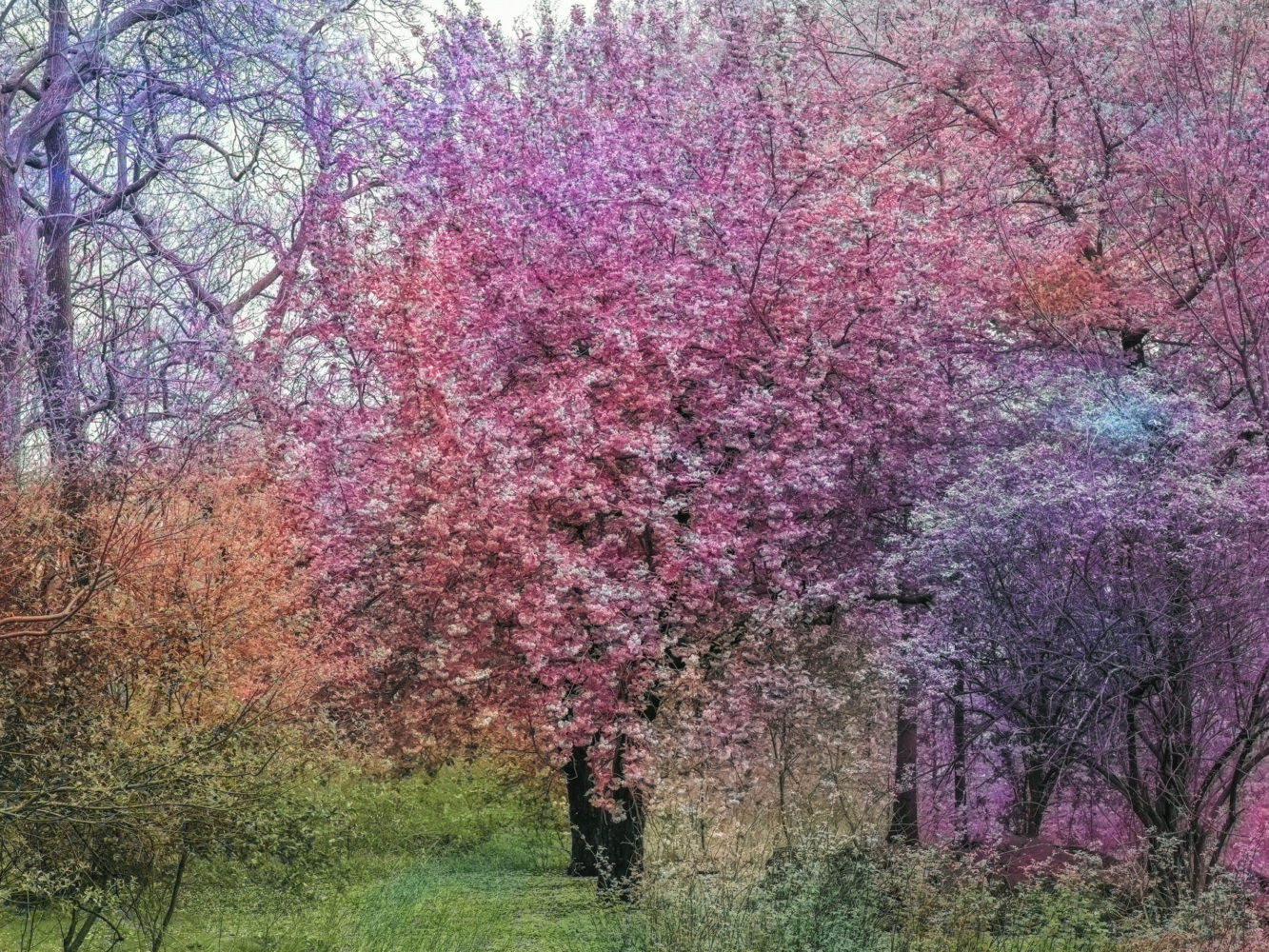
Trevor Paglen, “Bloom (#836c74),” 2020 dye sublimation print, 19-1/2 × 26 inches; © Trevor Paglen, courtesy of the artist and Pace Gallery.
WW: Can you explain the concept of “alternative futures” and what drew you to this? Why do you think it’s important for people to consider these alternative futures?
TP: I think that art can help us imagine alternative futures by questioning the meanings of things. Right now, there’s a massive collective exercise trying to reimagine what concepts such as policing, public safety, and public health could mean. By trying to imagine alternative meanings for these concepts we can try to imagine more just and joyful forms that society could take.








